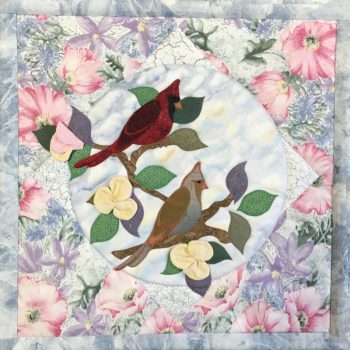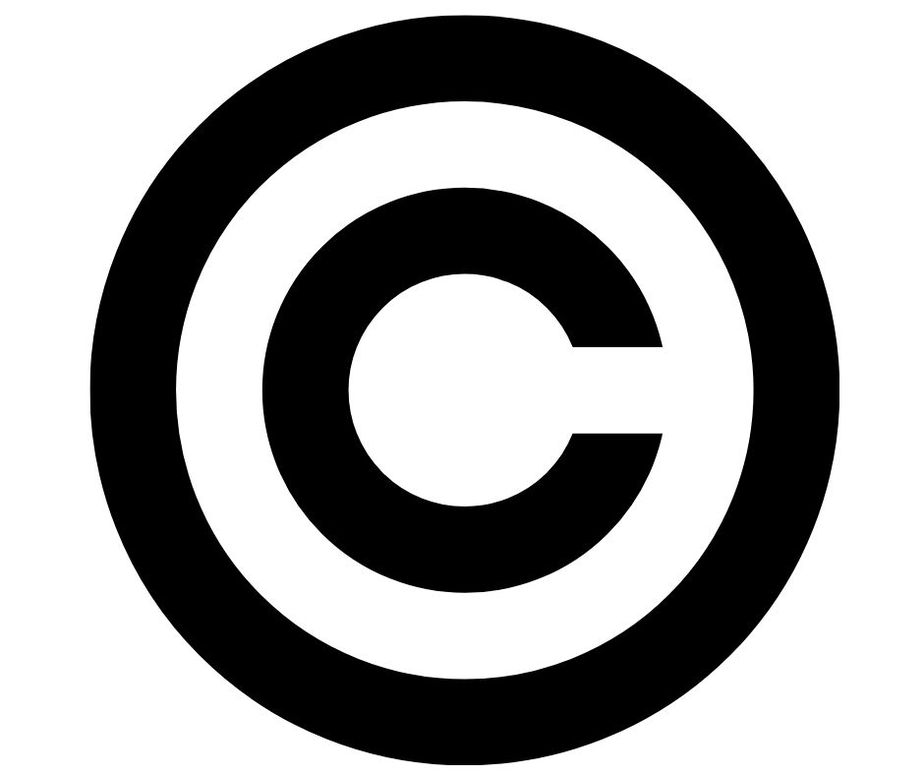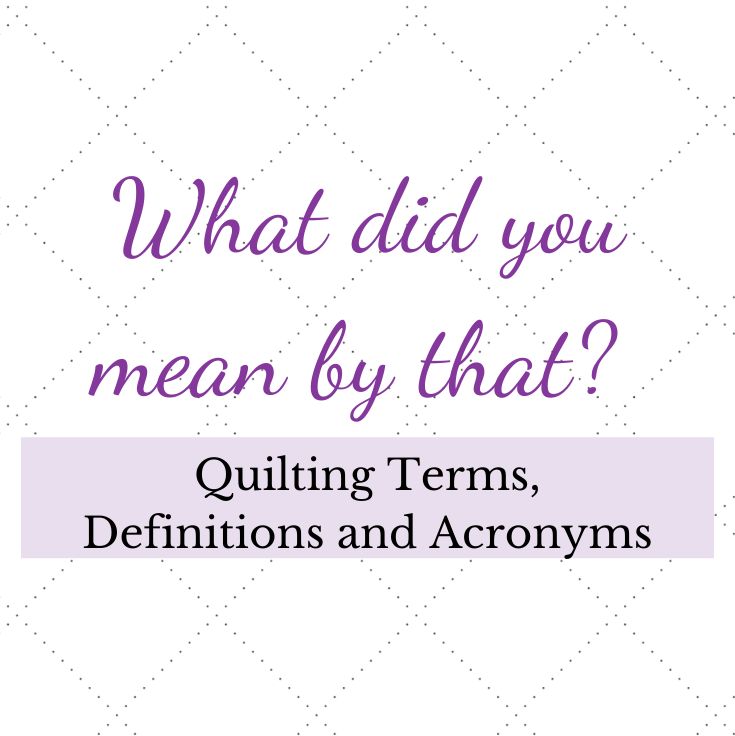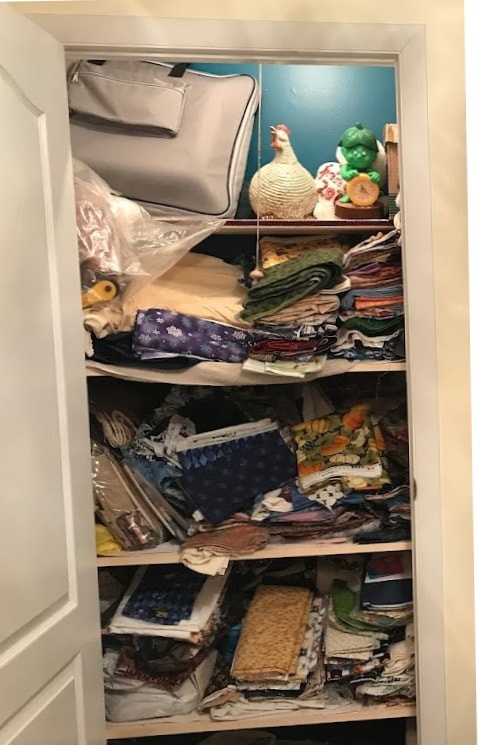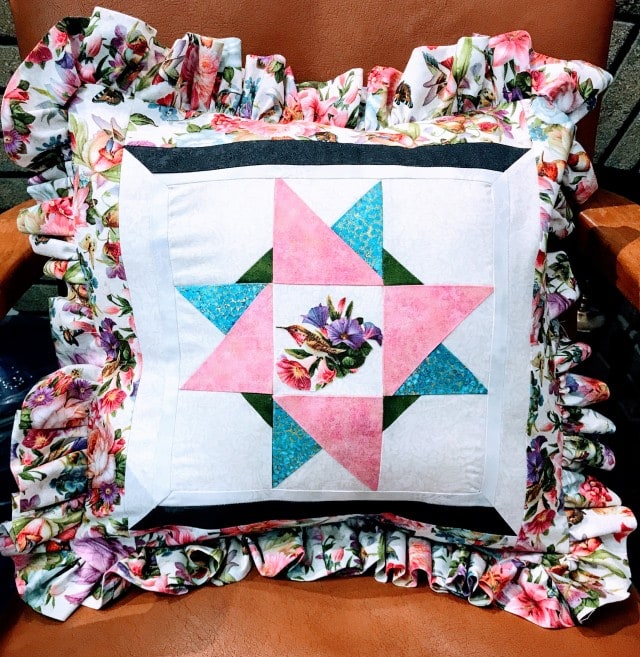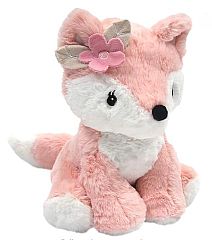*This post MAY contain affiliate links. That means that if you make a purchase after clicking on a link I may earn a small commission at no extra cost to you. I don’t ever recommend something that I don’t use myself. Not all links are affiliate links. For more information, see our Privacy Policy.
Define Quilt Terms P- Z
Quilters use a secret language all their own! Here are some definitions to help you translate quilting language. All the lingo demystified.
Page One: Terms A – C
Page Two: Terms D – O
Page Three: Terms P – Z
Quilting Terms P – Z
Paper piecing — See Foundation Paper Piecing
Patchwork: an older term, still used in England, for piecing quilt squares together to make blocks. Sometimes pieced quilts are referred to as patchwork.
Penny Squares: Also known as redwork. Click here for more
PDF Files are a great way to share a pattern without accidentally distorting the pattern pieces. Here is a tip from Anita Grossman Solomon, author of Make it Simpler Paper Piecing: To ensure PDF files print properly:
- Open the file in Acrobat Reader.
- Select File > Print… to open the Print dialog box.
- Choose “Acrobat Reader” from the section header drop-down menu.
- In version 5 of Acrobat Reader: Uncheck the “Shrink Oversized Pages to Paper Size” option (which is checked by default), and make sure the “Enlarge Small Pages to Paper Size” is unchecked (as it is by default) while you’re at it. In version 6 of Acrobat Reader: The “Paper Scaling” dialogue box should be “None” (not “Fit to Paper” nor “Shrink Large Sizes”).
- Click on the Print button at the bottom of the dialog box.
Pin-baste –to use curved safety pins to temporarily hold together the three layers of a quilt in preparation for finish quilting. Beware of rusting pins.
Prairie Points A simple folded fabric triangle made in multiples and attached as a decorative edge finish on quilts and garments with the point facing out. Click on the diagram to the left for a close up idea of how to cut a prairie point border in one strip rather than individual triangles. Click here for an article on How to Use Prairie Points in a Quilt
Pressing Spray: AKA Quilters Moonshine. Mix these ingredients and shake well before each use.
- 1 part water
- 2 parts Vodka. Use a potato based vodka, like Chopin, Cold River Vodka or Luksusowa. The label will say grain or potato. If you don ‘t want to use Vodka, you can substitute Febreeze.
- 1/3 to 1/2 cup of liquid starch (like Sta-Flo)
- a few drops of 100% pure essential oil
Quillow: a specially designed quilt that is actually a cross between a sleeping bag and a quilt and also a pillow. A Quillow folds up into a carrying bag. A popular gift for children and teens. Click here for a pattern.
Quilt Top: The top layer of a quilt Sandwich.
Quilter’s Candy: A fat eighth. (11′ x 18″) Either that or chocolate.
Quilter’s Guild: An organization made up of quilters. Also called a Quilter’s Group. An organization of quilters that may provide opportunities to share projects, instruction, and community service. Click here for a list of Quilt Guilds worldwide.
Quilting foot: measures exactly 1/4″ from needle point to inner edge of the foot. It may have a guide on it to prevent the fabric from going past the edge.
Raffle Quilt: A quilt made to be raffled off for the benefit of a charity. Also called an opportunity quilt.
Redwork: Simple outline embroidery designs worked in running stitch with turkey red color floss and used for quilt blocks. Traditionally, animal themes, children’s themes, nature themes, and kitchen themes. Redwork can be done in other colors, changing the name to greenwork or bluework, etc. Redwork done in black is called Black Redwork because Blackwork refers to a specific single-thread embroidery technique. For more information on redwork, click here.
Repeat: The measurement of fabric before the design is repeated.
Retayne: brand name of a product used to prevent commercial dyes from running or bleeding when washed. Click here for more
Reverse appliqué: Traditional appliqué sews a motif (the design piece) on top of a background. Reverse appliqué sews the motif underside of the background and then cutting away and turning under the edge of the top fabric to reveal the motif. Mola’s and Hawaiian quilts are made using reverse appliqué.
Rotary Cutter and Mat: A rotary cutter has a circular blade to cut several layers of fabric on a cutting mat. Do not depend on the mat for accurate cutting lines. Always double-check with your ruler.
Ruler – a heavy plastic measuring guide. Available in a variety of shapes and sizes, a good ruler adds to the success of any project.
Sampler –a quilt made of different block patterns, usually as an exercise by the maker in piecing techniques.
Sashiko quilting. A Japanese style of precise quilting designs using embroidery or crewel floss. The stitches are large on top, but small on the back. Click here for more.
Sashing –strips of fabric sewn between pieced blocks to separate them while joining them together into a top. Sashing can be continued around the outside of the quilt top to act as a border.
Scrap quilt –any quilt made with fabrics left over from other quilts (your stash), or from salvaged fabric from clothing or other items. See charm quilt.
Selvage The outer edge of the length of fabric. It is usually more tightly woven and so is normally cut off and not used in a quilt. You will usually find manufacturers’ information in the selvage. See Warp/Weft.

Serger: a type of sewing machine which makes overcast seams and cuts off the excess automatically.
Setting: see Layout
Setting block: a block used with pieced or appliquéd blocks in a quilt top. Can be a solid block or another pieced block. May vary in size, especially along the edges of the quilt top.
S.E.X Stash Enhancing eXperiences also known as a FART (Fabric Acquisition Road Trip)
Sharps: Small, thin needles used for piecing and doing appliqué. They have a really sharp point that is better for joining pieces than for quilting.
Side Setting Triangles – If you would like to set your block or quilt top on point, how do you figure out the size of the side setting triangles? Click here for an illustrated article with charts on side setting triangles, corner setting triangles, and setting a block on point.
Signature (or Autograph) Quilt: a quilt made from blocks that have been signed on individual blocks. May be made as a friendship quilt by friends and family of the owner, or as a fundraiser. Signature quilts were a popular fundraiser by the Red Cross and some church groups in the early part of the 20th century. See also Album quilts
Skunk Smell: (in cutting mats) You can remove the new plastic smell in cutting mats by washing it with citrus-based dishwashing soap and water, then letting it air dry flat out of direct sunlight. Other options are to let it sit flat in a tub with a vinegar/water solution or to spray it with Febreeze.
Skunk Wash: Should you ever need it, this works better than tomato juice because it neutralizes the low molecular weight thiol compounds that make skunk spray smell so bad. While wearing plastic gloves, mix these ingredients in a non-metal container using non-metal utensils:
- 1 quart (1000ml) of 3% Hydrogen Peroxide H202, sometimes marked U.S.P. (check the expiration date, it should be fresh)
- 1/4 cup of baking soda (not baking powder or washing soda)
- 1 to 2 teaspoons gentle liquid soap (avoid the grease busting kind or shampoo)
Mix ingredients. It will start to bubble. Still wearing your gloves, wash your pet with this solution while it is still bubbling. Wash your pet thoroughly, working the solution deep into the fur. If you don’t have enough solution, it’s okay to use a little water. Leave the solution on for about 5 minutes and then rinse thoroughly. You may as well throw out anything that is leftover as it loses its effectiveness once it stops bubbling.
Sleeve: – see Hanging Sleeve
Squishy: –An envelope full of fabric, especially one that comes in the mail as a result of an exchange or mail-order purchase.
Stain Removal tips – click here
Stain Removal tips alternative version
Standard Mattress Sizes
Twin Mattress Size 39″ wide x 75″ long
Twin Extra Long Mattress Size 39″ wide x 80″ long
Full Mattress Size 54″ wide x 75″ long
Full Extra Long Mattress 54″ wide x 80″ long
Queen Mattress Size 60″ wide x 80″ long
King Mattress Size 78″ wide x 80″ long
California/Western King Mattress 72″ wide x 84″ long
Stash: (Special Treasure All Secretly Hidden) a supply of fabric and notions used for quilting. Quilters love to have S.E.X (Stash Enhancing eXperiences) whenever possible. The goal is to leave a SABLE (Stash Accumulation Beyond Life Expectancy) to your fabric-loving heirs. Also known as a Fabric Resource Center.
Stippling: closely spaced quilting stitches following an irregular design that does not cross used to fill background space and create surface texture.
Stitch in the ditch: Placing your quilting stitches in the “ditch” created by the seams of the pieces in your block. Your quilting pattern will echo your block pattern.
Straight of grain – Fabric has three grains, the lengthwise, the crosswise, and the bias. The lengthwise grain follows the warp thread parallel to the selvage. It has very little give which makes it ideal for long borders. The crosswise grain follows the weft thread and has slightly more give. The bias is a 45-degree angle to the selvage and has lots and lots of give. Beware the block cut on the bias, it can be easily pulled out of shape.
Strip piecing: The technique of cutting and sewing your strips of fabric before cutting the individual shapes.
Stuffing: see batting.
Summer Quilt: a quilt with a top and a back, but no batting.
Sweatshirt Jackets
Many patterns use an oversize women’s sweatshirt as the base for a quilted jacket. Depending on the pattern, the sweatshirt will need to be about two sizes larger than your usual size. If you use it as a base for sewn strips, it will lose any stretchiness. You may also be taking it apart and resewing the seams.
Synthrapol –brand name of a product used to remove excess dyes from fabrics in order to prevent them from bleeding into other fabrics. Click here for more
T-Shirt Quilt – using up the memories in your drawer! Click here for an article.
Tatting
(This information was provided by Donna Kelly, a Tatting teacher in FL. Contact her at moc.rr.lfc@ydalgnittat .) Tatting is making lace with your hands and an oval object called a shuttle. Tatting looks like circles called rings, half-circles called chains, and little loops called picots. The origin is uncertain, but rings were tatted first and sewn onto a garment. In Rumania, the Queen was teaching a young girl to tat. She made a mistake of a space of thread. The Queen said,” Let’s keep the picot in to look lacy.”
After that error, the Queen added more picots and tatting had a new look. In Ireland, the nuns of Cork County were behind closed doors making lace of tatting, crochet, and knitting. In 1845, the potato crop failed, poor people were eating grass. The nuns brought out their lace, sold the lace, and gave the money to the poor people. The lace designs were copied by weavers and passed on to other ladies to make beautiful lace for their clothing.
Tea Dying muslin. You will need 2 yards of muslin, 5 tea bags, 2 gallons of water, 1/4 c. vinegar, 1 glass or enamel pan for tea solution, 1 glass pan or plastic bucket for vinegar solution, running water. Wet fabric. Place 5 teabags and 1 gallon of almost boiling water in a pan. Remove tea bags after 4 minutes. In separate container mix vinegar with warm water. Place the fabric in tea solution and gently stir so that it gets even coverage. Remove when you are pleased with the color. Remember it will dry lighter. Place the fabric in vinegar solution and swish around for 1 minute. Remove fabric from vinegar and rinse under cool running water. Dry and use as desired. Real tea is acidic and can damage your fabric over the long run. The vinegar helps to neutralize this. For this reason, many people use RIT “Tea-Dye” instead, which you can do in your washer.
Templates: a shape used as a pattern for tracing either piecing or appliqué patches, or for tracing lines to be quilted. Can be cut from cardboard or plastic.
Thimble: Tip: Instead of having to throw away a leather quilting thimble after it gets too many holes, put a penny inside of it. This will extends the life of the leather and adds strength.
Tied Quilt: A quilt in which knotted strings or ties are used to hold the three layers of the quilt together. See our article on How to Tie a Quilt
Top: just the top part of the quilt sandwich.
Trapunto: A stuffed quilting design.
Twirling a four patch seam so it lays flat
This method avoids the little bump of seams in the middle that happens when a four-patch is sewn. Pull apart the last couple of stitches of your two patch seam (it won’t ravel because the second seam putting the whole four-patch together will hold it) and twirl those seams so each seam covers one patch. You know you have done it right if you get a teeny-tiny four patch in the center. Here is a tutorial.
Typewriter Table: A typewriter table with wheels and drop leaves makes a great moveable sewing table–especially when you’ve attached a swing-arm lamp.

UFO UnFinished Objects. A WIP (Works in Progress) in which you have lost interest. Also known as an Unfinished Symphony.
Value (color value) It’s value that does all the work in a quilt, although it’s often color that gets the credit. Usually described in terms of light and dark, value determines how close a color is to either white or black. The right values can make the difference between a quilt that sparkles and a quilt that doesn’t. Click here for our article on color in quilts.
Wadding: – see stuffing.
Walking Foot: This is a special foot that can be attached to a sewing machine. It helps to feed the top layer of a quilt fabric sandwich evenly with the feed dogs feeding the bottom fabric.
To determine which foot to order, measure from the screw to the bottom of the foot. If it is 1/2″ or less, you need a low shank foot. 1/2″ to 1″ is a high shank foot. You can double-check this by removing the entire presser food assembly and measuring it. If it measures 3/4″ from top to bottom, you have a low shank machine. If it measures 1-1/4″ you have a high shank machine.
Warp/weft –the woven threads in the fabric. Warp threads are long and run from top to bottom in the length of the material, parallel to the selvage. The selvage is actually formed when the warp threads turn to go back across the loom. Weft threads run from side to side and are therefore shorter.
Watercolor Quilt A technique that uses small squares of floral print fabrics to build up a subtle and diffused design. Quiltsmart makes a fusible grid which makes placing and sewing small squares easy.
WIP: Works in Progress
WISP: Works in Slow Progress
WOF: Width of Fabric (from selvage to selvage)
WOMBAT Waste Of Money, Batting, And Time
WOW: white on white
